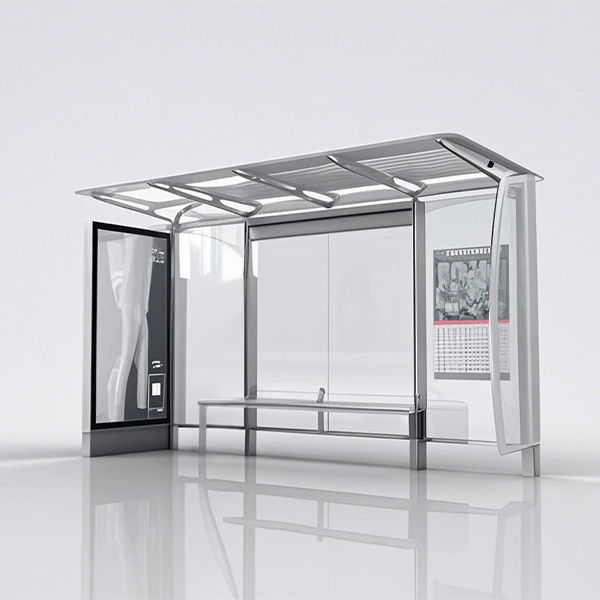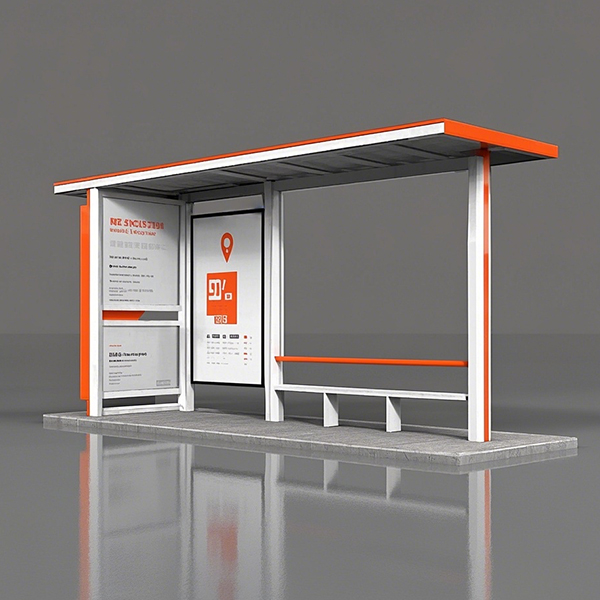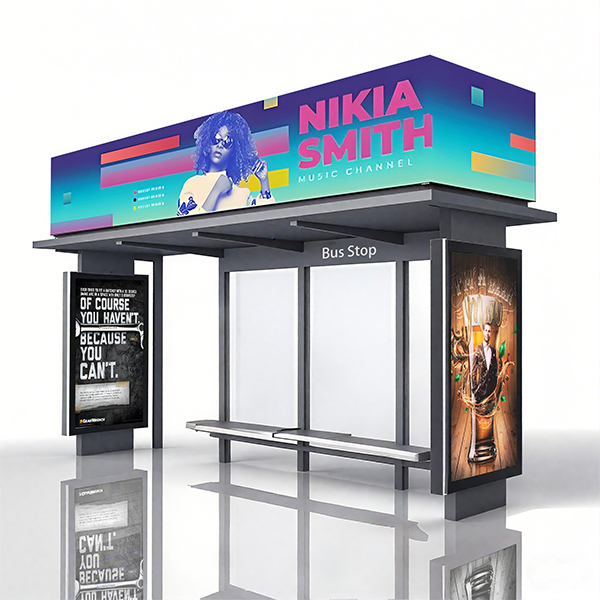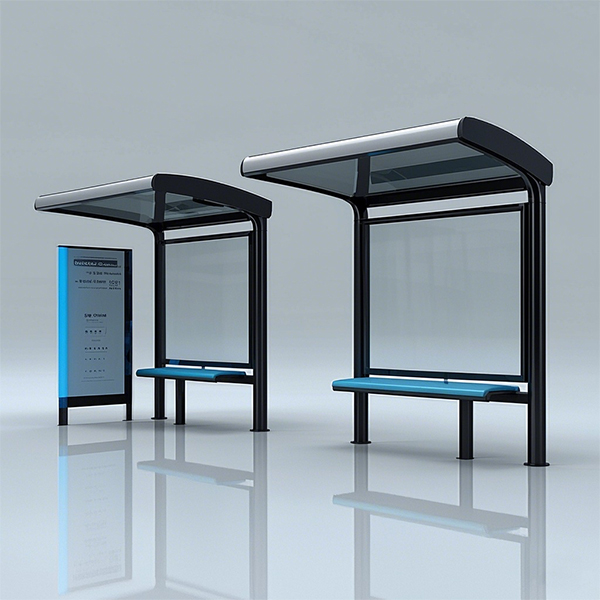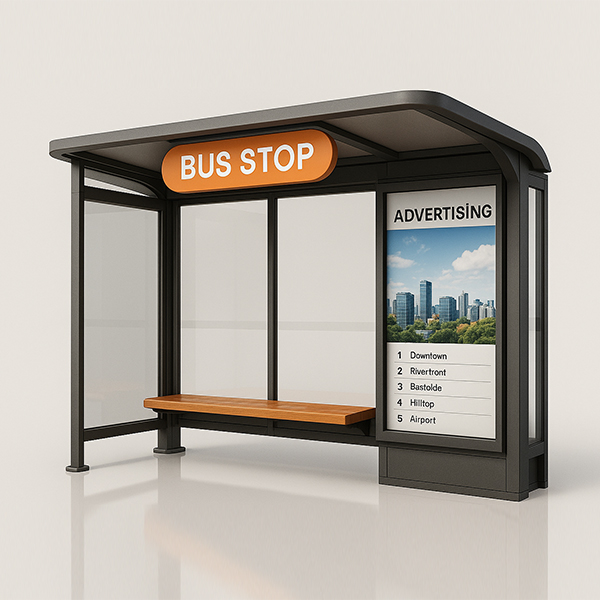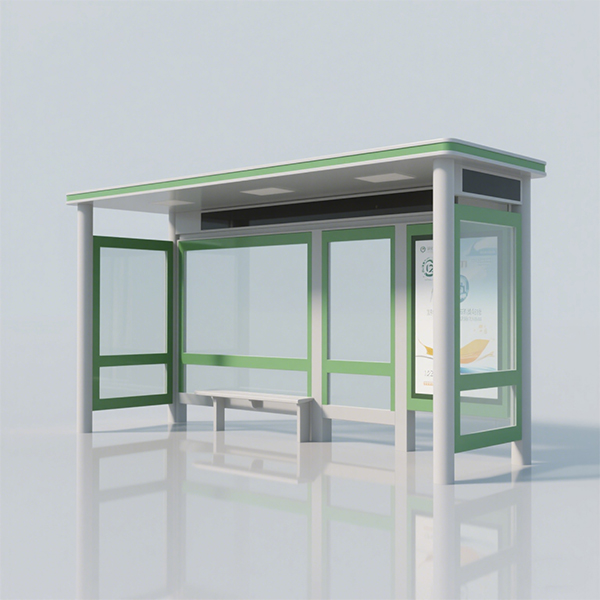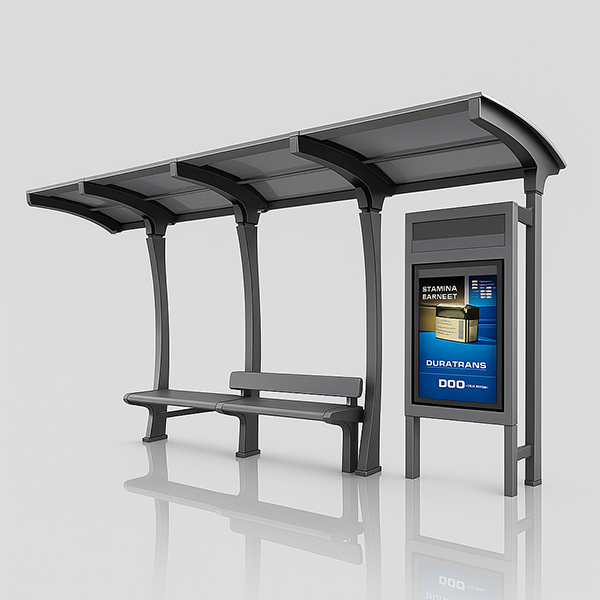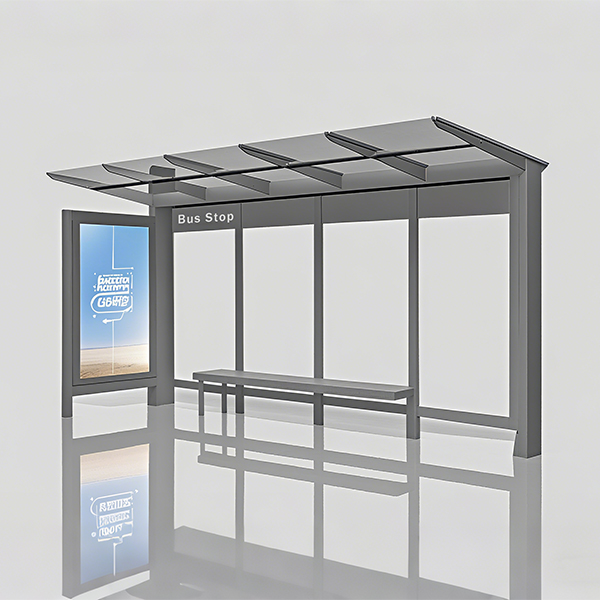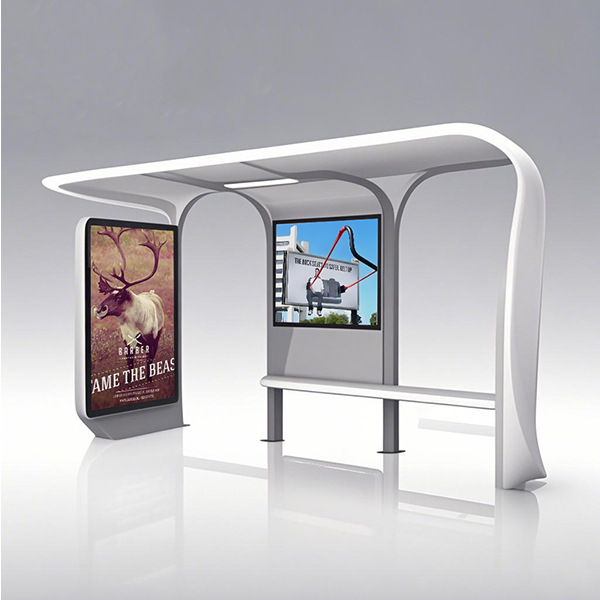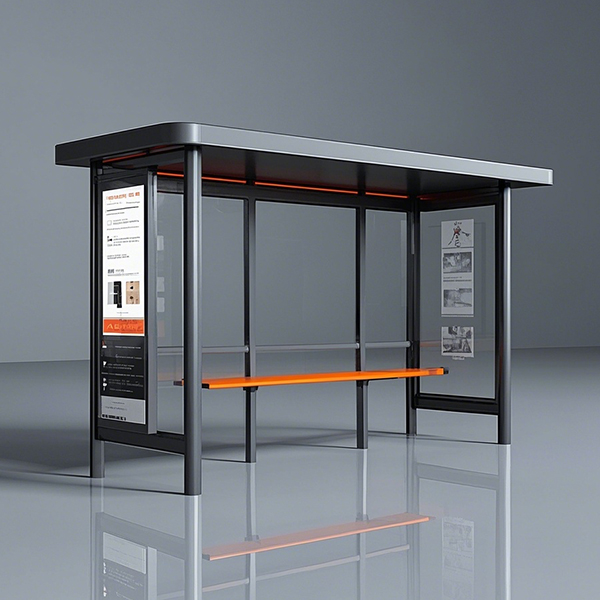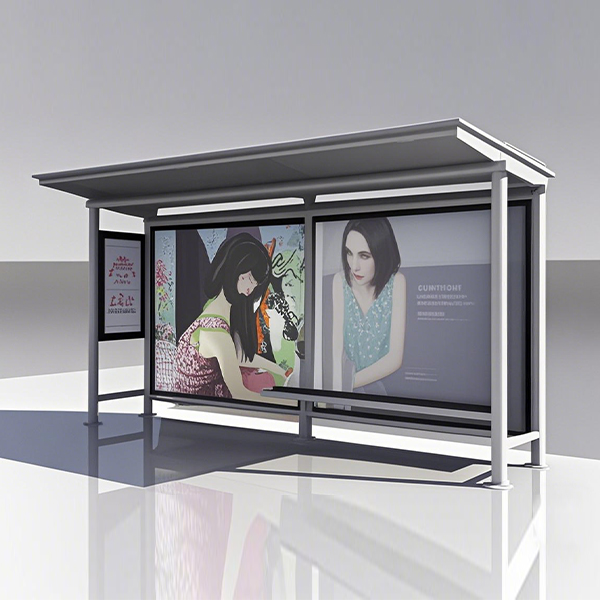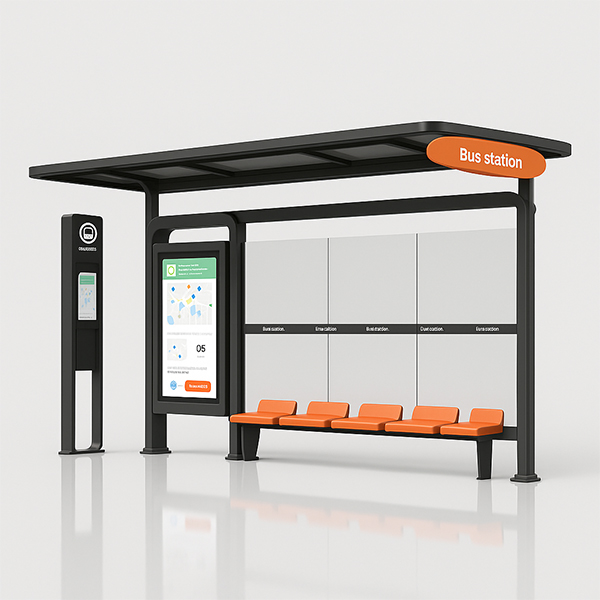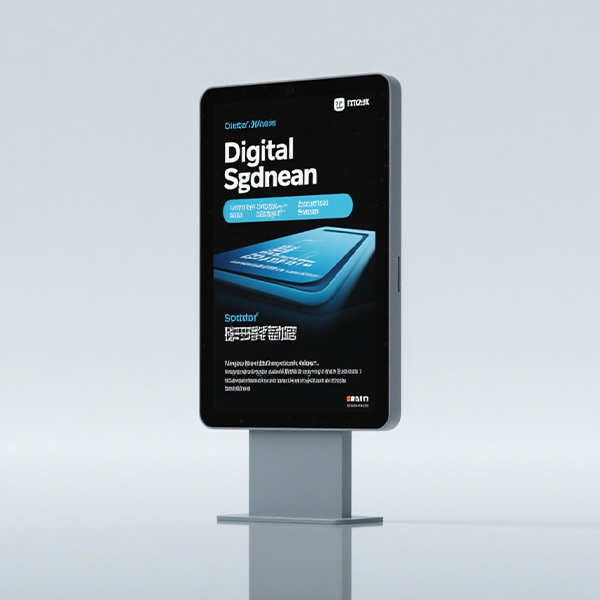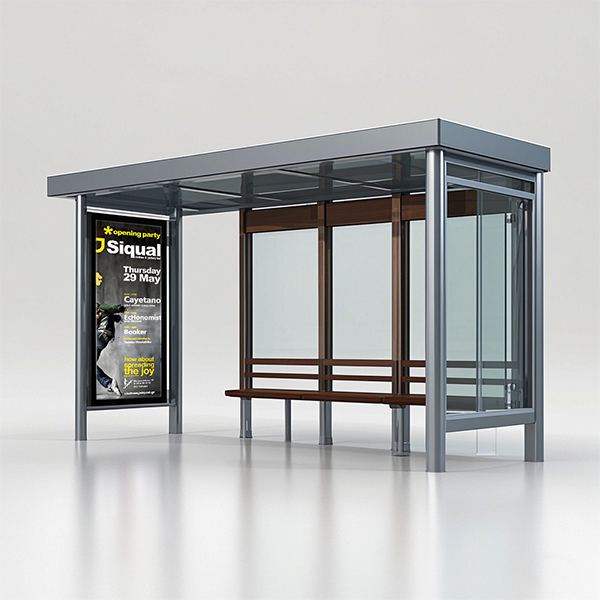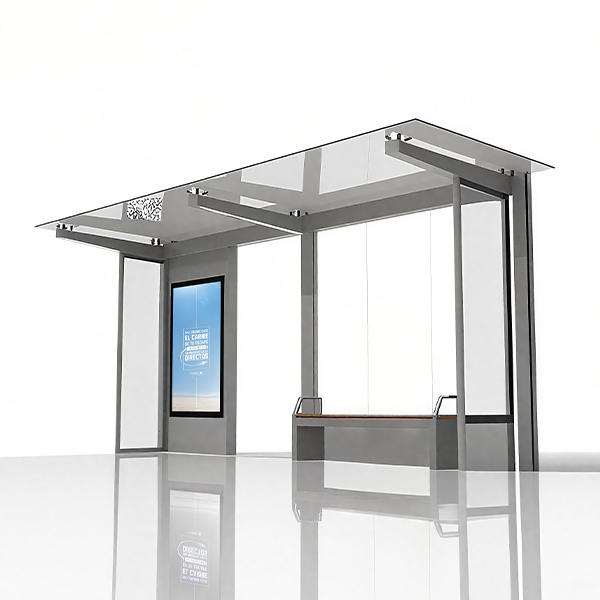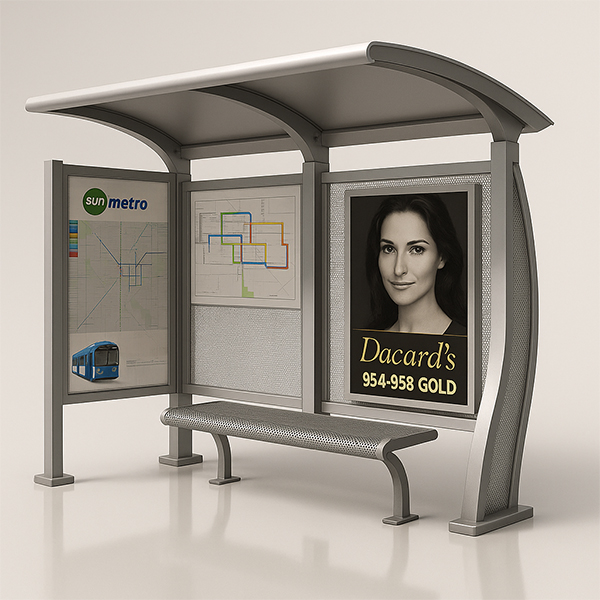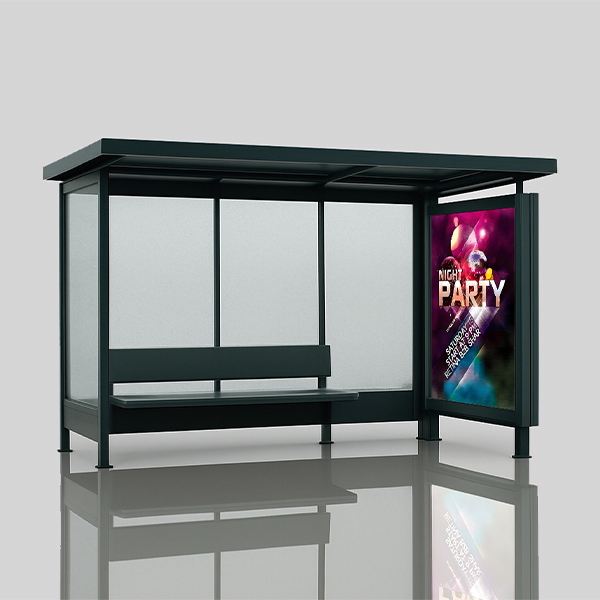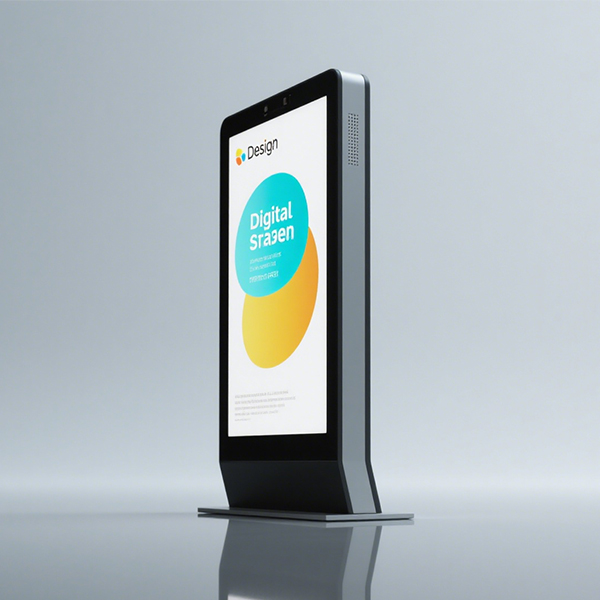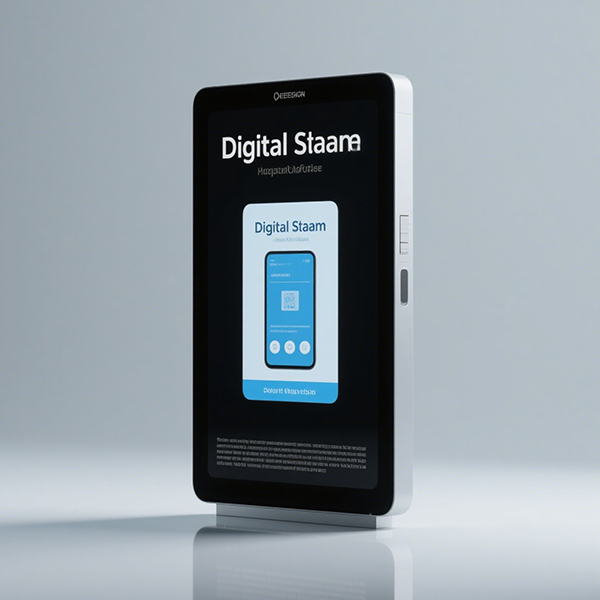
Heated Bus Shelter
Waiting for a bus in freezing temperatures can be unpleasant, even dangerous. Heated bus shelters offer a much-needed solution, providing a warm and welcoming space for passengers. This comprehensive guide delves into the various aspects of these innovative structures, exploring their functionality, benefits, and the considerations involved in their implementation.
Types of Heating Systems for Bus Shelters
Several heating systems can be employed in heated bus shelters, each with its own advantages and disadvantages. The choice depends on factors such as budget, energy efficiency requirements, and environmental impact.
Electric Heating Systems
Electric heating systems are a common choice due to their ease of installation and relatively low initial cost. They can be incorporated into various design elements, including radiant floor heating, wall-mounted heaters, or even integrated into the seating. However, electricity can be expensive, making energy efficiency crucial. Consider models with smart thermostats for optimal control.
Radiant Heating Systems
Radiant heating systems provide gentle, even warmth by emitting infrared radiation. These systems are highly energy efficient, as they heat objects directly rather than the surrounding air. They are often integrated into the flooring or ceiling of the heated bus shelter, ensuring comfortable temperatures without creating drafts.
Solar-Powered Heating Systems
For environmentally conscious projects, solar-powered heating systems offer a sustainable alternative. These systems use solar panels to generate electricity, which is then used to power the heating elements. While the initial investment might be higher, long-term operating costs are significantly reduced, and they contribute to a greener footprint. This aligns with the commitment to sustainable development shown by companies like Shandong Luyi Public Facilities Co., Ltd., a leader in innovative public infrastructure.
Benefits of Heated Bus Shelters
The benefits of heated bus shelters extend beyond passenger comfort. They contribute to overall public safety and well-being.
Improved Passenger Comfort
The most obvious benefit is the increased comfort for passengers waiting for their buses, particularly during cold and inclement weather. This leads to a more positive public transportation experience.
Enhanced Public Safety
By providing a safe and warm environment, heated bus shelters can reduce the risk of hypothermia and other cold-related illnesses, particularly for vulnerable populations. This contributes to a safer and healthier community.
Reduced Healthcare Costs
Indirectly, the reduction in cold-related illnesses translates to reduced healthcare costs for individuals and the public health system.
Factors to Consider When Implementing Heated Bus Shelters
Successful implementation requires careful consideration of several factors.
Energy Efficiency
Selecting energy-efficient heating systems and employing smart controls like thermostats is crucial to minimize operating costs and environmental impact. Proper insulation of the shelter itself is equally vital.
Maintenance
Choosing robust, low-maintenance heating systems ensures long-term functionality and reduces downtime. Regular inspections and timely repairs are essential.
Cost-Effectiveness
Balancing initial investment costs with long-term operating costs is crucial. A thorough cost-benefit analysis should be undertaken before implementing any project. The expertise of companies such as Shandong Luyi Public Facilities Co., Ltd. can be invaluable in this process.
Conclusion
Heated bus shelters represent a significant advancement in public transportation infrastructure, offering substantial benefits to passengers and the community. By carefully considering the various heating systems, energy efficiency strategies, and maintenance requirements, municipalities and transit authorities can create safe, comfortable, and sustainable waiting environments.
| Heating System | Initial Cost | Operating Cost | Energy Efficiency | Maintenance |
|---|---|---|---|---|
| Electric | Low | Medium-High | Medium | Low |
| Radiant | Medium | Low | High | Low |
| Solar-Powered | High | Low | High | Medium |
Note: Cost and efficiency ratings are relative and can vary based on specific models and installations.
Соответствующая продукция
Соответствующая продукция







